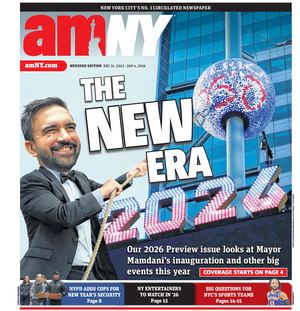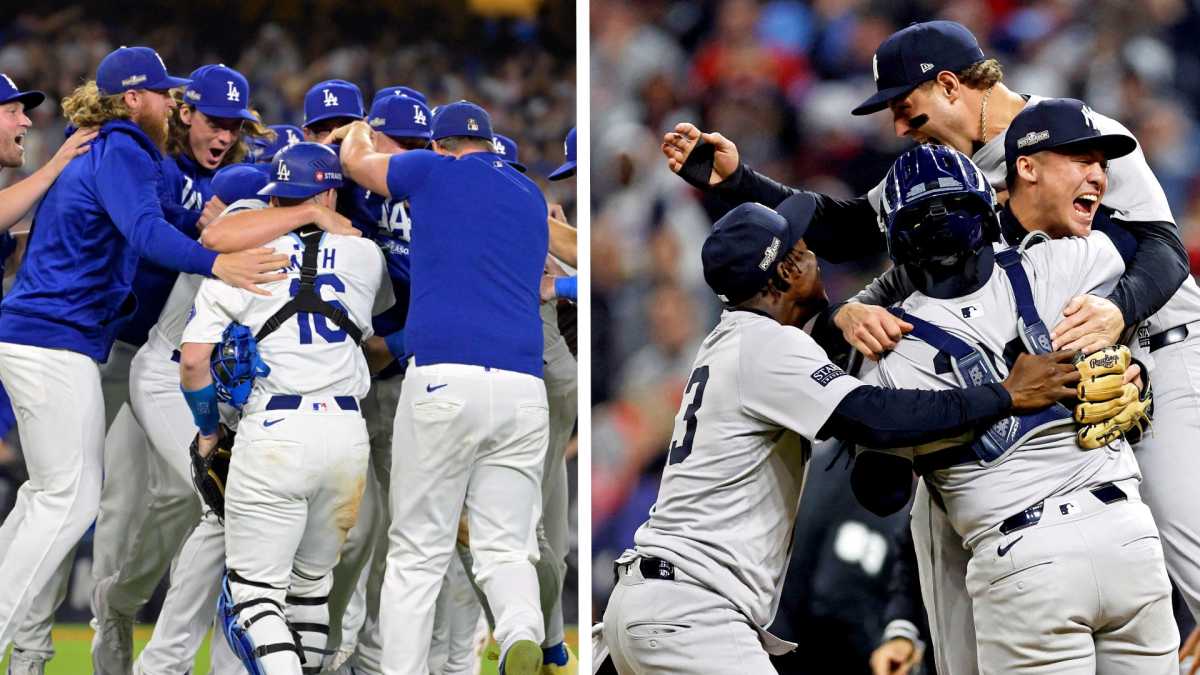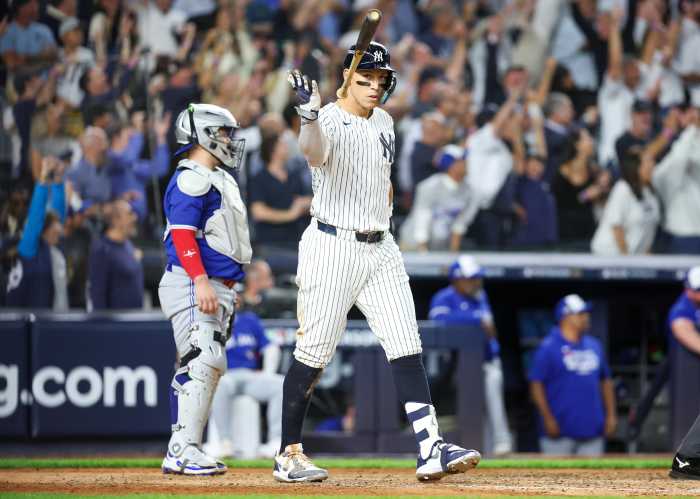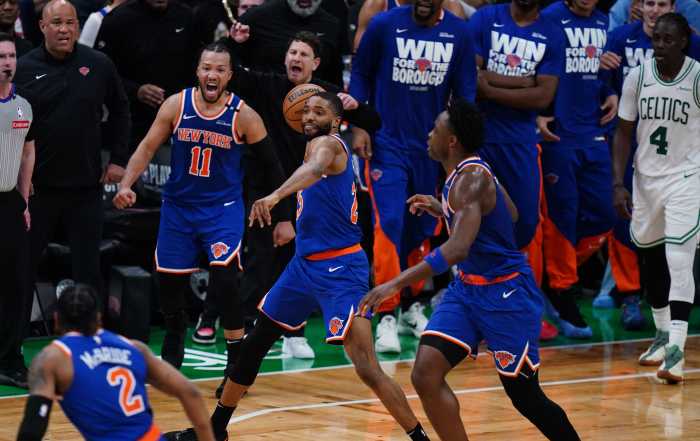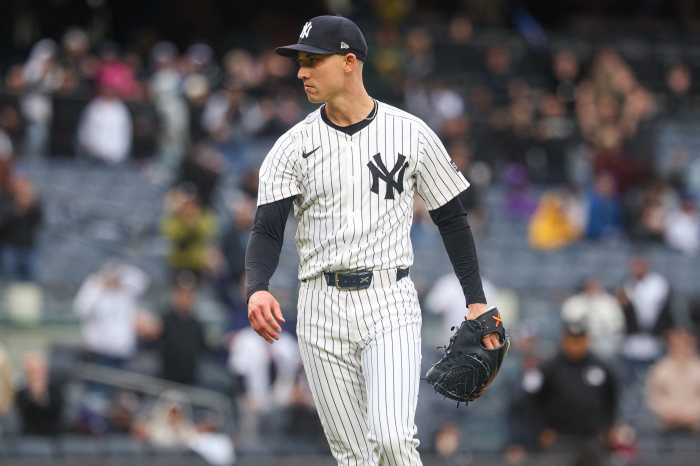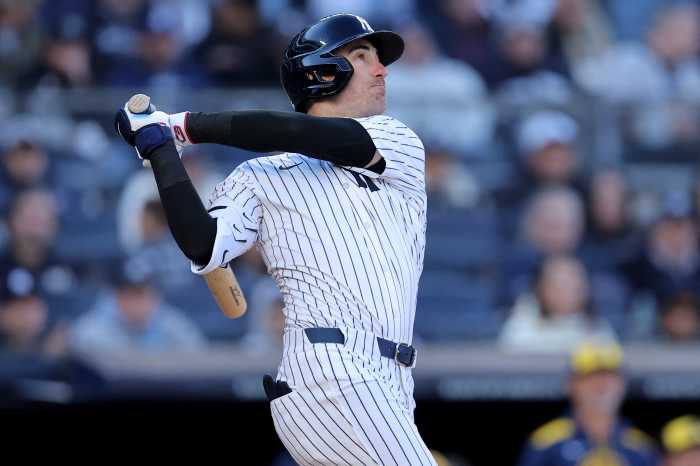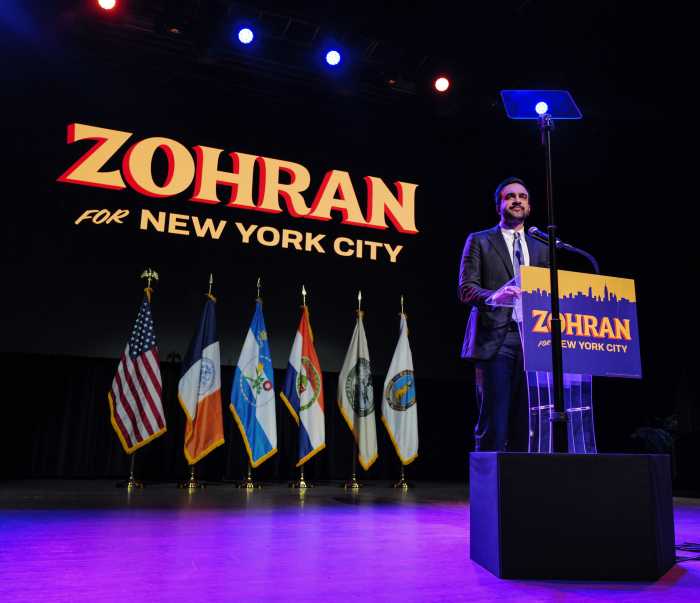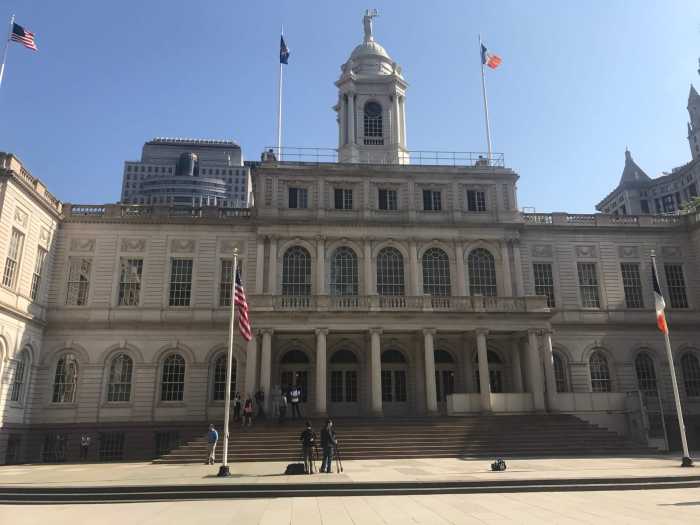No other teams in Major League Baseball have played each other in the World Series more than the New York Yankees and Los Angeles Dodgers.
A rivalry that has spanned over the last century laid its roots in the Big Apple before the Dodgers ripped out the heart of a borough and moved out west. Yet the interleague feud has been dormant, albeit percolating, until now, where a new generation of baseball fans will be introduced to one of the most long-standing, heated rivalries the game has ever seen.
You cannot properly encompass the history of the Yankees without the Dodgers and vice versa. This will be the 12th time that these two teams will play each other in the World Series, which is five more than any other combination of World Series combatants (that distinction also has New York roots with the Yankees and Giants facing off seven times). The Yankees have enjoyed most of the success in this rivalry. Of the previous 11 meetings in the Fall Classic, the Bronx Bombers are 8-3, but the clubs have split the last six.
But to properly understand the full scope of the rivalry, one has to look back to the infancy of Major League Baseball as we know it and the landscape of the baseball scene in New York during the first half of the 20th century, which put this all in motion.
New York has always been a National League town. The league was founded in 1876 with the Dodgers, who called Brooklyn home, and the Giants — playing in Manhattan with their home, the Polo Grounds, carved into Coogan’s Bluff — entering the fold in 1883.
The Brooklyn franchise was as quirky and colorful as its fan base, first calling themselves the Grays, then the Bridegrooms after several team members got married during the 1888 season. They called themselves the Superbas because manager Ned Hanlon — appointed to the role in 1899 after winning three consecutive championships with the Baltimore Orioles — shared a surname with the popular circus act, The Hanlon’s Superba.
They were nicknamed the Trolley Dodgers, a nod to the emerging dangers of the electric-powered vehicles that were beginning to take over Brooklyn from horse-powered transportation. The name was eventually shortened to Dodgers, but not officially full-time until the 1930s following a 15-year stretch in which they were known as the Robins — an homage to long-time manager Wilbert Robinson.
In 1913, they opened up their new ballpark, Ebbets Field, with an exhibition game against a struggling 10-year-old American League franchise that had moved from Baltimore to New York in 1903 and was originally named the Highlanders. But after moving out of Hilltop Park, the franchise changed its name that very season, officially debuting as the Yankees in that exhibition game against the Dodgers.
Brooklyn won the game 3-2 thanks to an inside-the-park home run from a former dental student named Casey Stengel; the man who managed the Yankees to seven World Series titles in 10 years from 1949 to 1958.
World Series rivalry
The Dodgers initially experienced more success over the first 20 years of the 20th century. They won two National League pennants in 1916 and 1920, but were beaten soundly by the powerhouse Boston Red Sox, featuring a young Babe Ruth, and the Cleveland Indians.
It was not until the Yankees acquired Ruth that their fortunes changed, officially taking New York over from their National League counterparts. They won their first title in 1923 and proceeded to win seven more from 1927 to 1939. All the while, the hapless Dodgers finished above fourth place in the eight-team National League just three times during that span.
The two teams did not meet in the World Series until 1941, beginning a stretch in which they met seven times in 15 years in the Fall Classic.
1941: With the Dodgers on the verge of winning Game 4 at Ebbets to tie the series at two games apiece, Hugh Casey is in to close out a 4-3 Brooklyn lead. With two outs and two strikes against Tommy Henrich, Casey unleashes a curveball that the Yankee swings and misses on. Dodgers catcher Mickey Owen, though, cannot reel in the pitch and it rolls away, allowing Henrich to reach first. Brooklyn never recovered as Joe Dimaggio singled and Charlie Keller doubled to score two to give the Yankees a Game 4 win before closing it out in Game 5.
1947: The Dodgers made it back to the World Series thanks to the contributions of rookie Jackie Robinson and proceeded to overturn a 2-0 series deficit. Cookie Lavagetto’s famous walk-off double in Game 4 evened the series at 2-2. The two teams traded wins to force Game 7, but the Yankees won the title once again.
1949: Bobby Brown and Jerry Coleman combine for nine of the Yankees’ 20 runs scored to support a struggling Joe DiMaggio and Yogi Berra. The Bronx Bombers roll to a championship in five games.
1952: The Dodgers and Yankees traded wins in each of the first six games before a decisive Game 7 that saw Mickey Mantle break a 2-2 game with a sixth-inning home run that proved to be the game winner. Mantle hit .345 with two round-trippers in the series. Another Hall of Famer albeit a lesser-known Yankee, Johnny Mize, batted .400 with three home runs and six RBI.
1953: The Yankees extended their World Series dominance to 5-0 over Brooklyn thanks to Billy Martin, who batted .500 with two home runs, two triples, and six RBI. He hit a walk-off single Game 6 to give the Yankees a 4-3 win and another title.
1955: Finally, the Dodgers win their first-ever World Series, needing to do so in seven games. Duke Snider hit four home runs with seven RBI, but it was Gil Hodges who drove in both runs in a 2-0 Game 7 victory at Yankee Stadium while Johnny Podres hurled a complete-game shutout. It was Brooklyn’s only championship during their 74 years in New York.
1956: Yogi Berra and Moose Skowron each drove in four runs in Game 7 as the Yankees reclaimed MLB’s throne with a 9-0 beatdown of Brooklyn. However, this series will forever be remembered for Don Larsen’s perfect game in Game 5 — the only perfect game in MLB postseason history.
1963: The rivalry officially enters its East Coast vs. West Coast era. The Dodgers abandoned Brooklyn for Los Angeles in 1958 and became a force to be reckoned with in the 60s. Behind the brilliance of Don Drysdale and Sandy Koufax — the latter considered one of the greatest big-game pitchers of all time — the Dodgers held the Yankees to four runs in four games, a Los Angeles sweep. Koufax allowed three runs while striking out 23 in 18 innings of work.
1977: The Yankees won their first World Series since 1962 by disposing of the Dodgers in six games, headlined by the emergence of Reggie Jackson’s “Mr. October” label. The Hall of Famer batted .450 with five home runs and eight RBI in the Series, but he will forever be remembered for Game 6 when he uncorked three consecutive home runs on three consecutive pitches.
1978: For the second straight year, the Yankees took the title home in six games. They overturned a 2-0 series deficit behind Jackon’s heroics yet again. He hit another four round-trippers in the Series, including a two-run shot in the cinching Game 6 win.
1981: The Dodgers turn the favor, overturning a 2-0 deficit of their own to win in six games. Pedro Guerrero drove in five of his seven World Series RBI in the deciding Game 6 in which he went 3-for-5 with a home run and a triple.
Stats courtesy of Baseball Reference.
